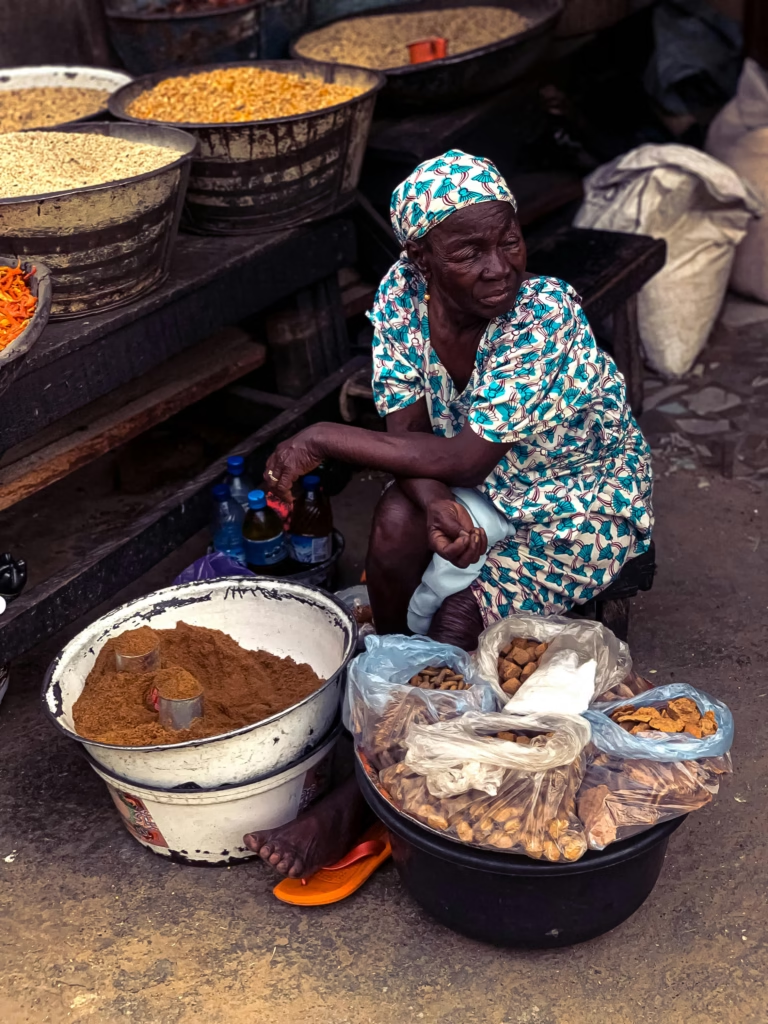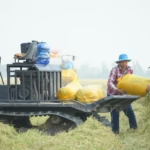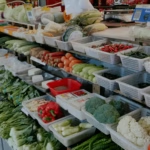
Price volatility is one of the most pressing challenges in the global agricultural sector, and it is especially critical in African agricultural markets. For farmers, traders, exporters, and policymakers alike, sudden and unpredictable changes in prices can impact everything from household income to national food security. Understanding the root causes and potential solutions for this volatility is essential for anyone engaged in Africa’s dynamic and growing agriculture industry.
Why Price Volatility Matters
In many African countries, agriculture is the backbone of the economy. A large portion of the population depends on farming for their livelihood, especially smallholder farmers. When market prices for key crops swing widely, it affects their income, planning ability, and even food access.
For example, a spike in maize prices may benefit traders, but it could make food unaffordable for low-income households. On the other hand, if prices drop drastically during harvest season, farmers may not even recover their production costs.
This is why monitoring and understanding price trends in African agricultural markets is not only important for business planning but also for social stability and development.
Key Causes of Price Volatility in African Agricultural Markets
Several interlinked factors contribute to fluctuating prices. Let’s explore the main ones:
1. Seasonal Supply Fluctuations
Agriculture in Africa is largely seasonal. Many crops are rain-fed, which means they’re grown and harvested during specific months. During harvest time, supply increases sharply, often leading to price drops. As the harvest period ends and stocks deplete, prices tend to rise again.
Without access to storage facilities or processing infrastructure, farmers are often forced to sell quickly at low prices, increasing volatility across African agricultural markets.
2. Infrastructure and Logistics Gaps
Poor infrastructure such as inadequate roads, cold storage, and inefficient transportation systems can disrupt the supply chain. A delay in transporting produce from farms to markets can lead to spoilage, artificial shortages, or market gluts—all of which create price instability.
Investing in rural infrastructure can go a long way in reducing such inefficiencies and stabilizing market dynamics.
3. Climate and Weather Shocks
Extreme weather events like droughts, floods, or locust invasions significantly impact crop yields. A single failed rainy season can reduce supply for an entire year, sending prices soaring.
Since many African farmers still rely on traditional farming methods, they are particularly vulnerable to climate-related shocks, which adds a layer of unpredictability to African agricultural markets.
4. Market Access and Middlemen
In many cases, farmers don’t sell directly to buyers but through layers of intermediaries. These middlemen often control pricing, and their margins add to retail prices. When there are too many intermediaries or lack of transparent pricing, markets become inefficient and volatile.
Efforts to connect farmers directly with buyers or exporters—such as digital marketplaces—can reduce this distortion and improve price stability.
5. Export Demand and Global Influence
Many African crops are grown for both domestic consumption and export. Global market changes—such as a rise in demand for organic sesame or a drop in cocoa prices—directly affect local prices.
Exchange rates also play a role. Since many transactions are done in foreign currency, fluctuations in exchange rates can quickly influence the final price of goods in African agricultural markets.
How Farmers and Exporters Cope
Despite the challenges, many players across the continent are taking innovative steps to manage price risks.
1. Contract Farming Agreements
In contract farming, buyers agree to purchase a farmer’s produce at a pre-agreed price, often before planting. This system helps reduce uncertainty and protects both parties from extreme market changes. It’s a growing trend in African agricultural markets, especially in high-value crops like cashews and sesame.
2. Diversification of Crops
Farmers who grow multiple crops are less exposed to the price crash of any single product. For instance, if groundnut prices fall, earnings from sorghum or maize might help balance the income.
Crop diversification is also good for soil health and sustainability, which benefits long-term productivity.
3. Storage and Processing Facilities
Better storage options such as silos or cold rooms allow farmers to hold produce during the low-price harvest period and sell later when prices improve. Similarly, value addition—like drying, shelling, or packaging—can fetch higher prices and reduce spoilage.
Government and NGO initiatives supporting rural storage infrastructure are slowly making an impact in stabilizing African agricultural markets.
4. Use of Technology and Market Data
Digital tools are helping farmers track market prices in real-time. Mobile apps, SMS alerts, and e-market platforms are becoming more accessible in rural areas. Having access to pricing trends empowers farmers to make smarter selling decisions and negotiate better.
Some platforms even offer weather forecasts, pest alerts, and input price comparisons, reducing the risks associated with price volatility.
What Policymakers and Stakeholders Can Do
To bring long-term stability to African agricultural markets, structural solutions are needed. These include:
- Investing in rural infrastructure (roads, electricity, cold storage)
- Strengthening agricultural research to promote climate-resilient crops
- Supporting microfinance and insurance products for smallholder farmers
- Encouraging cooperatives to improve farmer bargaining power
- Improving market transparency through data collection and sharing
International trade policies also need to be aligned to support African producers, particularly in negotiating fair trade agreements and avoiding market-distorting subsidies.
Conclusion
Price volatility is an ongoing challenge in African agricultural markets, but it is not insurmountable. With the right strategies and support systems in place, farmers and traders can better manage risk and build more resilient supply chains. As agriculture continues to drive economic growth and food security on the continent, stabilizing prices will be key to unlocking the full potential of Africa’s rural economy.
For first-time buyers or investors exploring agri-business in Africa, understanding these dynamics is the first step toward building sustainable and equitable trading relationships.











Add comment